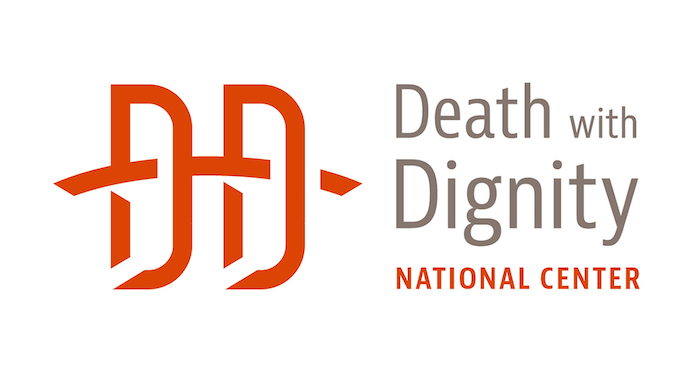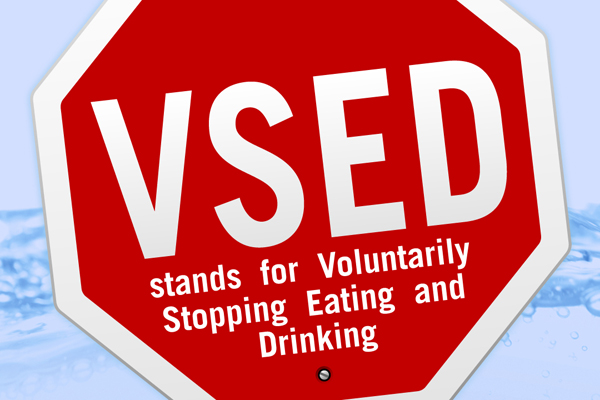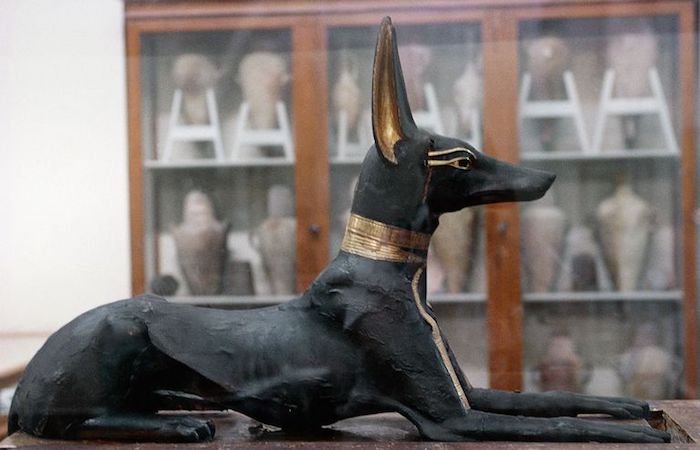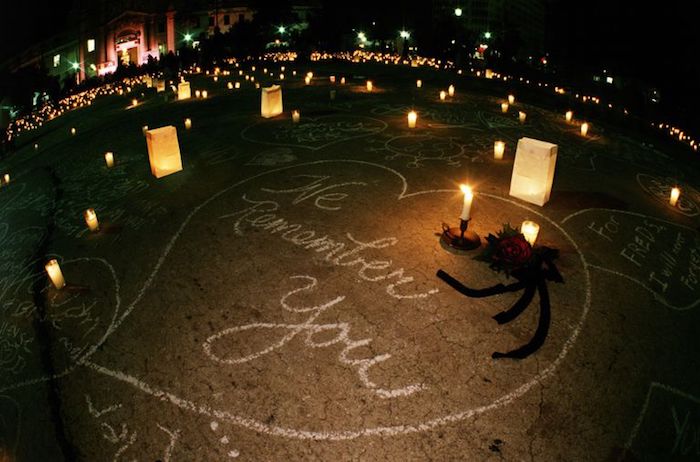It looks like cetaceans grieve – but interpretation remains contested. Tanya Loos reports.

By Tanya Loos
A female dolphin may carry its deceased calf around for days, until the body is in such a state of decomposition that only the head or part of the body remains. New research published in the journal Zoology suggests that this behaviour is evidence that dolphins grieve for their dead.
The scientific discipline known as comparative thanology examines how animals respond behaviourally, physiologically and psychologically to dead members of their own species.
It is a somewhat tricky field, for the experience of grief and its expression varies widely even between the cultures of our own species, and for many cognitive scientists the jury is still out regarding whether animals have a concrete understanding of death and its finality. Still, the use of the word “grieving” in an animal context has been increasingly accepted since Jane Goodall’s landmark study of wild chimpanzees (Pan troglodytes) in 1986.
Accounts of whales and dolphins caring for or attending dead or dying individuals have been reported since the 1950s, and are observed by cetacean watchers and researchers worldwide. Lead author Giovanni Bearzi from the Dolphin Biology and Conservation Group, based in Italy, along with an international team of colleagues, decided to conduct a comprehensive literature review to investigate patterns and variation in this behaviour in cetaceans.
The team analysed 78 records reported between 1970 and 2016, and adopted a weighted comparative approach to take observation effort into account – mainly because dolphins are much more readily observed than large whale species which tend to be out in deep water and submerged for longer.
Toothed whales were much more likely than baleen whales to attend to their dead. In fact, dolphins accounted for 92.3% of 78 records, and baleen whales only 1.3%. An analysis of relative brain size across the cetaceans found that the taxa with larger relative brain sizes are more likely to interact with their dead. This finding is consistent with the concept that sociality in mammals is closely associated with encephalisation, also known as the “social brain” hypothesis.
While dolphins had many records, killer whales or orcas (Orcinas orca), which are also highly social, had surprisingly low incidences of attending the dead. More systematic reporting may reveal this behaviour in orcas and sperm whales (Physeter microcephalus), but the study suggests it may be less prevalent in species which move in fast swimming pods, or are deep divers.
So what is going on with the dolphins and their behaviour towards dead members of their species? Are they grieving? The majority of sightings were of an adult female carrying a dead calf, presumably her own. In some cases, the behaviour was observed between mothers and other females in the group.
“If one accepts that at some point cetaceans do ‘recognise’ death – an aspect that is still controversial among cetacean scientists including co-authors of this study,” says lead author Bearzi, “then three phases of post-mortem attentive behaviour may be considered.”
In the first of these phases, the female attempts to revive or protect the calf or stricken adult. There is adaptive value in this action as it may result in the recovery of the individual.
In the second, the dead individual is carried around for days, even to the point of putrefaction and the “finality of death is cognitively recognised but possibly not emotionally accepted”.
The study posits that the strong attachment between mother and calf, or between closely knit members of the group, results in “a difficulty of ‘letting go’—possibly related to grieving, or perhaps individuals failing to recognise or accept that an offspring or companion has died”.
In the final stage, the dolphin loses interest in the carcass, and returns to its normal behaviour.
Grieving behaviour in our close relatives the chimpanzees and other large-brained, highly social primates is largely accepted in the scientific world. This research suggests that even mammals evolutionarily distant from Homo sapiens may also mourn.
Complete Article ↪HERE↩!








